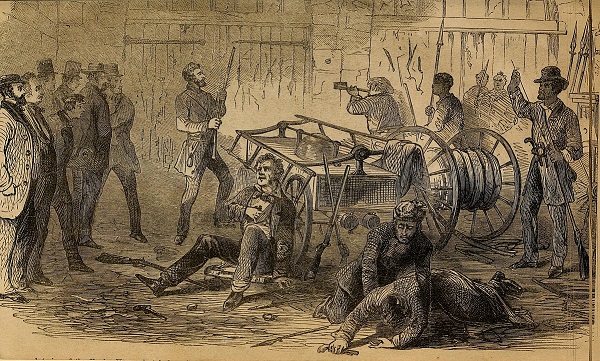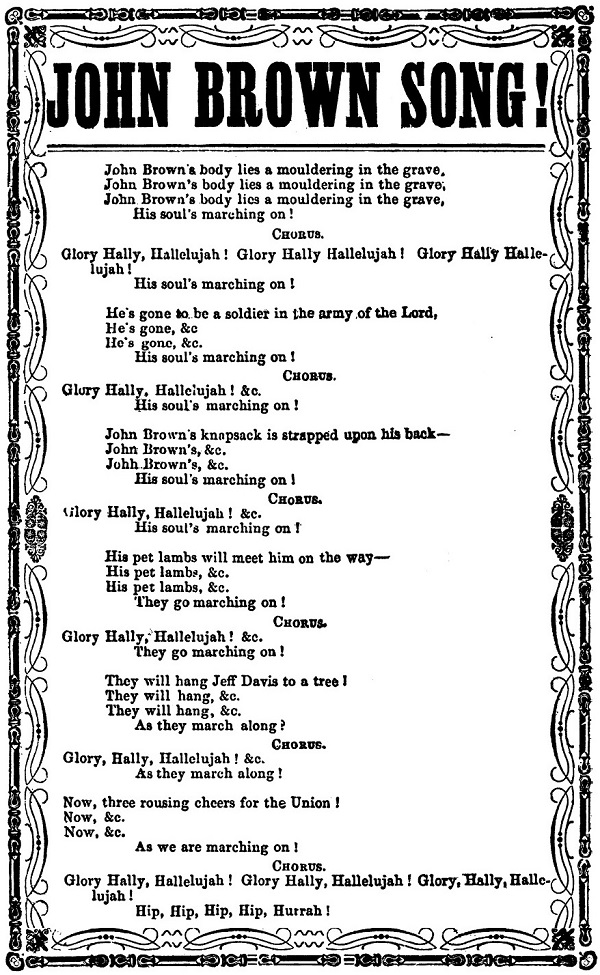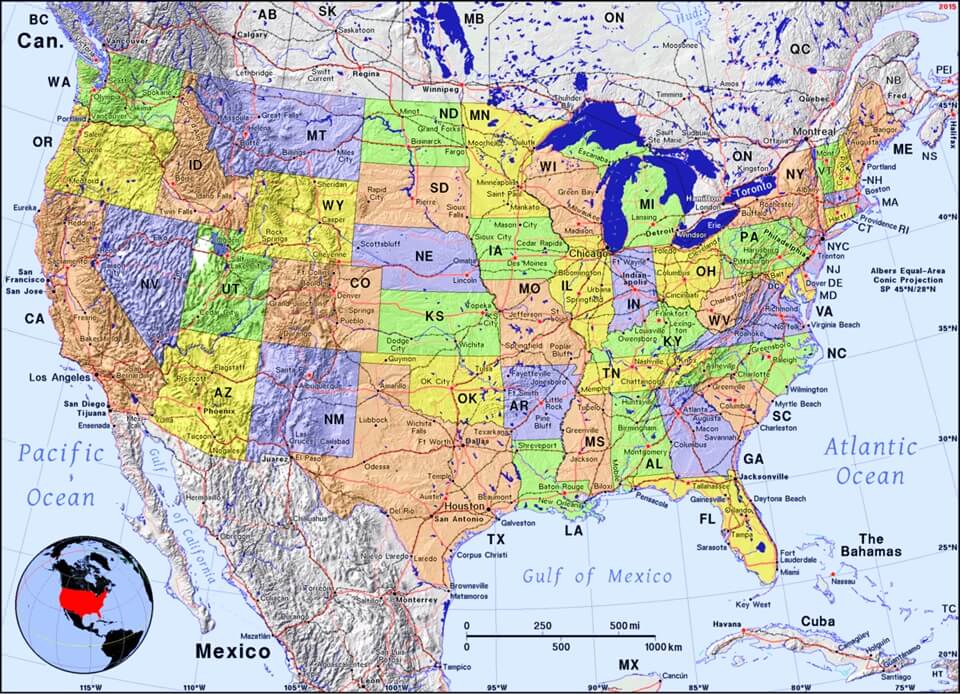 Historic Adventures-Tales from American History
Tales from American History
Historic Adventures-Tales from American History
Tales from American History



 Historic Adventures-Tales from American History
Tales from American History
Historic Adventures-Tales from American History
Tales from American History

Study the chapter for one week.
Over the week:
Activity 1: Narrate the Chapter
Activity 2: Study the Chapter Picture

Activity 3: Map the Chapter
Find some of the states/regions from the chapter.

Activity 4: Complete Copywork, Narration, Dictation, and Mapwork
